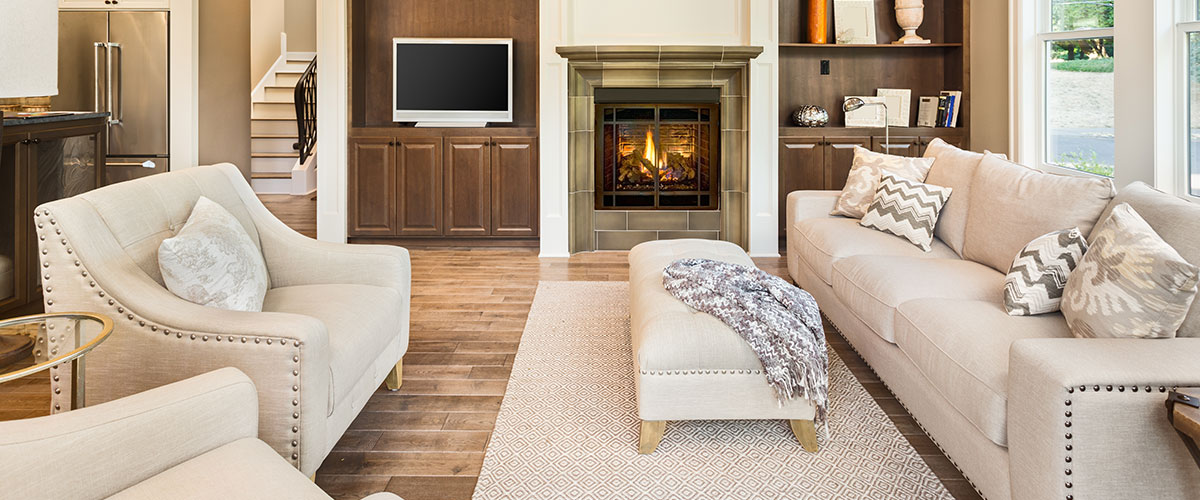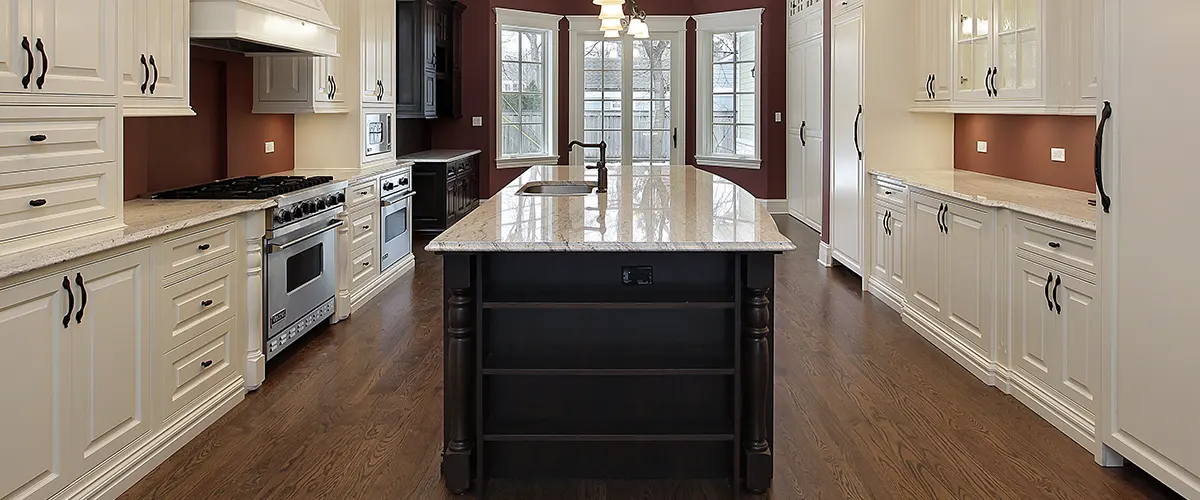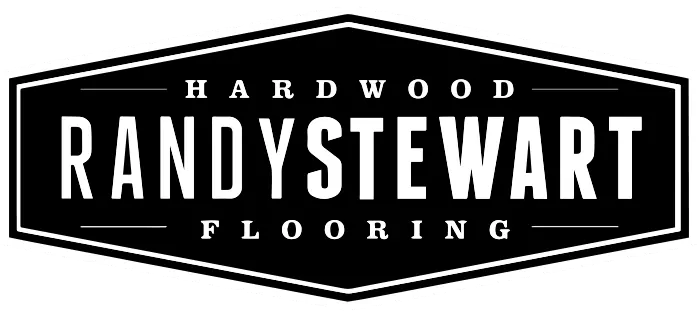Wood floors add a touch of elegance and sophistication to any home, but they can be difficult to keep clean. That’s why we’ve put together this definitive guide on cleaning wood floors. Whether your floors are finished with polyurethane or have a natural finish, we’ll show you how to clean them effectively and efficiently. We’ll also discuss the best ways to protect your wood floors from wear and tear in high-traffic areas. So grab your cleaning supplies and let’s get started!
The Benefits of Having A Clean Flooor
There are several benefits to having a clean, polished wood floor in your home. Here are some of the most important ones:
- A clean wood floor is a beautiful wood floor. Regular cleaning will help to restore the shine and luster to your floors, making them look as good as new.
- This is another even longer piece of content showcasing benefits or talking about another thing. If it rolls on to two lines you can use the class list-icon-top to move all icons to top
- A clean wood floor is a durable wood floor. By cleaning your floors regularly, you'll remove dirt and grime that can wear down the finish over time. This will help to extend the life of your floors.

Types of Wood Flooring
There are several types of wood flooring available on the market, and each one requires a different cleaning technique. Here’s a breakdown of the most common types of wood flooring and how to clean them:
- Polyurethane-finished wood floors: These floors should be cleaned with a damp mop and a few drops of dish soap in a bucket of warm water. Be sure to wring out the mop thoroughly before cleaning, as too much water can damage the floors.
- Natural-finished wood floors: These floors should be cleaned with a dry dust mop or vacuum cleaner fitted with a soft brush attachment. You can also use a damp mop, but be sure to wring it out thoroughly before cleaning.
- Waxed wood floors: These floors should be cleaned with a dry dust mop or vacuum cleaner fitted with a soft brush attachment. You can also use a damp mop, but be sure to wring it out thoroughly before cleaning.
How To Clean Your Wood Floors
Now that you know about the different types of wood flooring and how to clean them, it’s time to learn about the best cleaning products and techniques. Here’s a breakdown of every basic wood floor cleaner and techniques you’ll need for cleaning hardwood floors:
- Floor cleaner: A good floor cleaner is essential for cleaning wood floors. Look for a cleaner that is specifically designed for a hardwood floor.
- Mop: A damp mop or a microfiber mop is best for cleaning wood floors. Avoid using a string mop, as it can damage the floor's finish.
- Vacuum cleaner: A vacuum cleaner with a soft brush attachment is great for cleaning hard-to-reach places.
- Rag or sponge: A rag or sponge can be used to spot-clean stubborn dirt and stains.

Here are some general tips for cleaning your wood floors:
- Sweep or vacuum your floors regularly to remove dirt and dust.
- Mop your floors weekly, using a damp mop. Be sure to wring out the mop thoroughly before cleaning.
- Spot-clean stubborn dirt and stains with a rag or sponge.
- Polish your floors regularly to restore their shine and luster.
Natural Methods for Cleaning Wood Floors
There are several natural methods for cleaning wood floors that can be effective and environmentally friendly. Here are a few of the most popular methods:
- Baking soda: Baking soda is a great cleaning agent that can be used to clean wood floors. Simply mix baking soda with water to form a cleaning paste, then use a sponge or rag to scrub the floors.
- Vinegar: White vinegar is another cleaning agent that can be used to clean wood floors. Simply mix vinegar and water in a bucket, then use a mop to apply the solution to the floors.
- Lemon juice: Lemon juice is another natural cleaning agent that can be used on wood floors. Simply mix lemon juice and water in a bucket, then use a mop or a soft cloth to apply the solution to the floors.

Common Problems With Cleaning Hardwood Floors
One of the biggest challenges of cleaning wood floors is dealing with cleaning products. If you use the wrong products or use them incorrectly, you can damage your floors. Here are a few tips to help you avoid common problems:
- always test a cleaning product on an inconspicuous area before using it on your floors
- never mix cleaning products together, as this can create a dangerous chemical reaction
- never use abrasive cleaning pads or brushes on your floors, as this can scratch or damage the finish
If you follow these tips, you’ll be sure to have beautiful wood floors that will look their best for years to come!
Conclusion
So, there you have it! Everything you need to know about cleaning and taking care of your wood floors. If you’re still unsure how to tackle a specific problem or would like some help with the process, don’t hesitate to contact us. We’d be happy to assist you in any way we can and ensure that your floors look as beautiful as possible for years to come.

